|
Electricity Ground Fault Circuit Interrupter for your trailer Electricity, far from the City … And everyone else By: Hosspuller – A man, a service, an avocation Once upon a time, horse camping meant a canvas tent to keep from getting wet and a saddle for a pillow. Today, horse camping means a horse trailer rig with all the features of … home. And, a North American home runs on electricity. From Air conditioners to the bug Zapper, they need electricity. Electricity makes a person comfortable, at home and at camp. The opposite is also true; electricity can make a person dead, at home and at camp. There are two typical sources of campsite electricity. They are the 12 volt direct current (DC) of the electrical system of a vehicle and the 120/240 volts alternating current (AC) from a utility or portable generator. This article is about your camping rig operating on 120 volt AC current and a Ground Fault Circuit Interrupter (GFCI or GFI). By the way, some of our Northern neighbors call utility power “Hydro”. So when you hear them say “Hydro” you’ll know they mean electric utility power… Electricity Ground Fault Circuit Interrupter for your trailer. Using electricity safely is like electricity itself, invisible. All the features that protect life are out of sight, covered by walls, boxes, and covers. One relatively new feature is the GFCI. This increasingly common device is a backup life protector. It takes one of two forms. It could be built into the breaker in the electrical panel. Or, more likely, it’s the boxy looking receptacle with the “test” and “reset” buttons on the front. It is so effective; the National Electric Code allows it to be used in place of the third prong ground in older building renovations where there isn’t a ground wire connection. Speaking of that ground connection: Grounding is a time tested method of electrical safety. Employed since the days when Edison, Westinghouse & Tesla were men, not giant corporations, an electrical ground provides a low resistance path for accidentally wayward current. Since electricity always takes the path of least resistance, electricity flows to ground instead of through a person. Both Grounding and GFCI’s can be, and are used together in combination, today Installed at some progressive campsites, A GFCI is a life saving sentry. If a typical appliance shorts out, it could become an electric scorpion. Like the real insect, it’s waiting to sting the unsuspecting person that touches its metal. But the GFCI is watching the electric flow to the appliance. If the flow is unbalanced, electricity coursing through a person’s body instead of the normal path, the GFCI interrupts the current flow. By acting faster than a scorpion’s strike, the GFCI blocks the lethal sting. There are certain assumptions in this successful GFCI scenario. The foremost point is the wiring. It has to be correctly done to certain standards and codes. Not only that the lights and appliances work. Also, there are some equipment and appliances that will cause a GFCI to trip, even if there is little danger. Motors, as they age and accumulate dirt and wear, can leak small amounts of power. Furnaces and air conditioners have motors hidden deep in their inner works. Over time, the dust and wear create leak paths. The leakage isn’t enough to trip the familiar over load breaker, but the GFCI is sensitive to the small leaks. Some converters, devices that convert the AC current from the utility to 12 volt DC leak power too. Electricity Ground Fault Circuit Interrupter for your trailer Consider this scene: After a long journey, a camper pulls to the site ready to plug in and relax. Unfortunately, their much-anticipated relief is short lived. Their rig is blacked out. The GFCI interrupts the flow of power every time the rig is plugged in. Resetting the GFCI doesn’t help. The answer is simple. The rig’s wiring or an appliance is faulty. “How can this be? Everything worked at home …” Or “at the last campsite…” With dollars to doughnut odds, I’ll bet there wasn’t a GFCI on the circuit. A trailer’s wiring can be faulty but still work without a GFCI. It’s dangerous in the wrong conditions. Like the scorpion, it’s waiting for the unsuspecting person. This sad state of events is usually caused by the use of ordinary breaker boxes and a badly informed installer. As supplied by most electrical device manufacturers, the breaker box is set up to connect together the green colored or bare copper ground and the white colored neutral wires. This is correct for the first breaker box that connects to the power utility. This box is known as the service entrance or service panel. But, at a campsite, your trailer should be considered a secondary panel to the campsite’s service panel. The neutral and ground wires must be kept separated all the way, from the trailer’s inlet cord to the trailer’s appliances. More on this later… Fellow campers are usually exceedingly helpful. In this case, beware! Taking the third grounding prong off the rig’s plug is WRONG. Disconnecting the green ground wire in the rig’s breaker box or cord is WRONG too. It will satisfy the GFCI and it won’t trip. It will allow your lights to come on, but you’re taking a huge and dangerous risk. Without that troublesome GFCI, the trailer will be a potentially fatal hazard. The next camp might not have a GFCI. Your home outlet didn’t have a GFCI. The entire trailer could become electrically charged if some point of the insulation were to fail. It doesn’t have to be a smoking wire failure. It could be the simple rubbing of a wire on a sharp metal edge every time the trailer crosses a road joint or other little bump. The plastic coating insulating the wire is worn away till the bare metals touch. It will be insulated from the ground by the rubber tires so the circuit breaker won’t trip. The whole metal trailer or appliance will then be a scorpion waiting to sting the first person to touch it while standing on the damp ground. Something, that is very likely to happen at a campsite. This also includes the truck or SUV hitched to the trailer! Think of a Hot truck! Electricity Ground Fault Circuit Interrupter for your trailer It’s beyond this short article to teach how to wire a trailer correctly. There are too many variations in equipment and wiring products. So if you take your trailer to a dealer’s shop or have someone do the work; the following instructions should be given: The Green ground wires should be connected to the trailer frame and to a grounding bus or terminal strip in the panel. The white neutral wires should be connected to an isolated neutral bus or terminal strip. Per NEC 551.54 (C) Insulated Neutral “…Bonding screws, straps, or buses in the distribution panel or in appliances shall be removed and discarded.” … The end result of these instructions will be; all the green or bare metal ground wires will be connected together. And, to the metal case of all electrical panels, metal appliance cases, and to the metal frame of the trailer. All the white neutral wires will be connected only to other white wires. The two different colors should not be connected together anywhere on the trailer. Breaker boxes, also called load centers in the trade, sometimes come with a connection between the ground and the neutral connection points. It has to be removed. Other times, the breaker box only has one set of common terminals. In this case, another set of terminals has to be added. Most panel manufacturers sell kits with all the correct parts for their panels to accomplish this. This will insure the trailer and all its appliances are grounded properly. In the previously cited example of the wire insulation worn away and touching the bare metal of the trailer: The current will flow to the electrical ground instead of through a person’s body. The properly sized circuit breaker will trip with the surge of current flowing through the short circuit. If the circuit breaker doesn’t trip, the GFCI will properly monitor the current flow and interrupt the current if a dangerous fault were to occur. Now, a person can relax knowing their trailer wiring is safe… After… all the horses are unloaded, watered, hayed, bedded, stabled, brushed, tied, blanketed, leg wraps taken off, fed, patted, and loved on.
Electricity Ground Fault Circuit Interrupter for your trailer Glossary: Avocation – Activity or interest other than profession, usually for enjoyment; a hobby. Bonding strap – A metal strip connecting electrical components. Bus – terminal strip, has many points of connection, all interconnected. Current – Amount of electrical flow GFCI – Ground Fault Circuit Interrupter, full correct term GFI – Ground Fault Interrupter, shorter version Ground Wire – Usually green colored insulation or bare wire Hot wire – Usually black colored insulation, carries voltage in relation to neutral or ground “Hydro” – Northern term for electric utility power Isolated neutral – a neutral only connected to ground at the service or entrance panel. National Electric Code – Governs most of the electric wiring practices in the USA Also known as “Code” Neutral wire – Usually white colored insulation, Service entrance panel – Electrical distribution panel connected to the utility. Sub panel – Electrical distribution panel fed from the service entrance panel. Voltage – Pressure of electric power
|

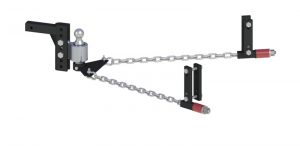

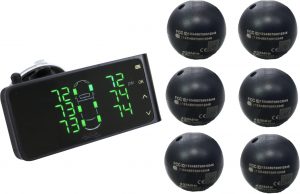














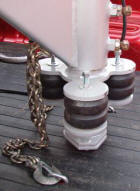



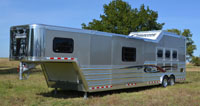
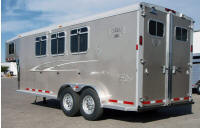
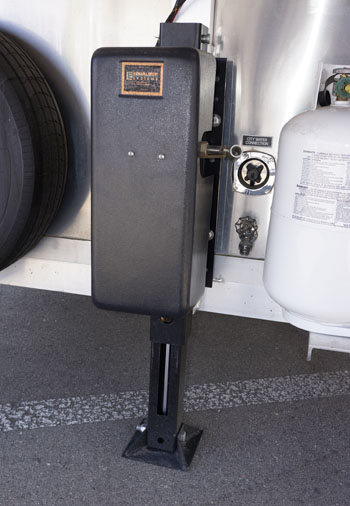

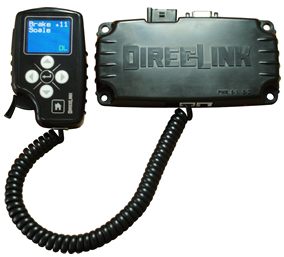


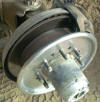 Automatic Tire Balancers for Trucks and Trailers25% to 50% longer tire life,
Automatic Tire Balancers for Trucks and Trailers25% to 50% longer tire life, 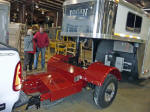 Automated Safety Hitch
Automated Safety Hitch 
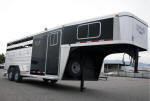



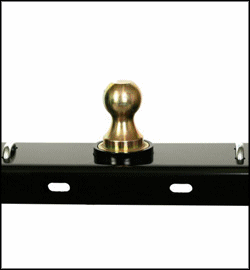
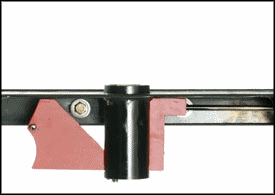
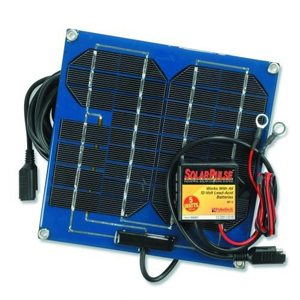



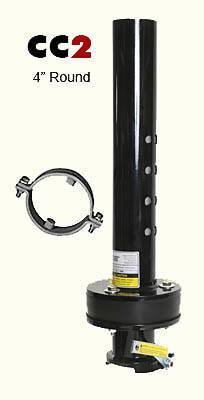 Popup Cushion Coupler Happy Horses Smooth Trailers
Popup Cushion Coupler Happy Horses Smooth Trailers
